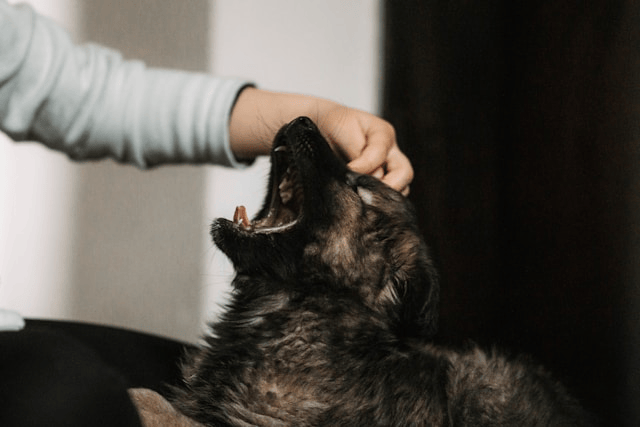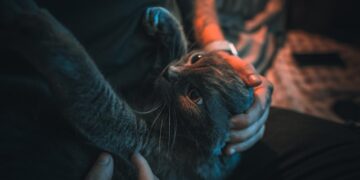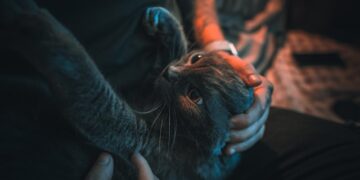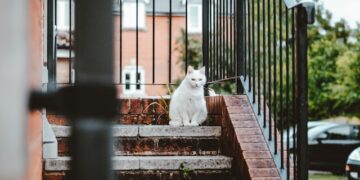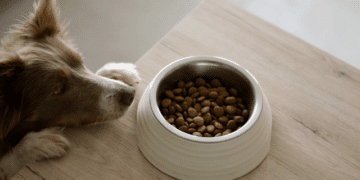Our homes are meant to be safe havens, not just for us but also for our beloved pets. However, many pet owners are unaware of the everyday items around the house that could pose serious risks to their furry companions. From toxic foods to hidden chemical hazards, there are numerous common household dangers for pets that can lead to emergencies. Understanding these dangers and how to prevent them is essential to keeping your pets healthy and safe.
Toxic Foods That Are Dangerous for Pets
While it may be tempting to share a snack with your pet, certain human foods can be extremely toxic. For example, chocolate contains theobromine, which can cause heart issues, seizures, or even death in dogs and cats. Grapes and raisins can lead to kidney failure in dogs, while onions, garlic, and chives can damage red blood cells, leading to anemia.
Another hidden threat is xylitol, a sugar substitute found in sugar-free gum, baked goods, and some peanut butter brands. Even a small amount can cause a sudden insulin spike, leading to hypoglycemia and liver failure.
Pet safety tip: Store all food items out of your pet’s reach and never leave leftovers unattended. If your pet consumes something toxic, contact your vet or the Pet Poison Helpline immediately.
Hazardous Household Plants
Many houseplants can be poisonous to pets, especially cats and dogs that enjoy nibbling on greenery. Common offenders include:
-
Lilies (highly toxic to cats)
-
Aloe vera
-
Sago palm
-
Philodendron
-
Pothos (Devil’s Ivy)
Even small amounts can cause vomiting, diarrhea, or more severe issues like kidney failure.
Pet-proofing your home includes replacing toxic plants with pet-safe alternatives such as spider plants, Boston ferns, or bamboo palms.
Cleaning Products and Chemical Exposure
Cleaners, disinfectants, and air fresheners often contain chemicals like ammonia, bleach, and phenols, which can be dangerous if inhaled or ingested. Pets walk on recently cleaned floors and often lick their paws, making them especially vulnerable.
Choose pet-safe cleaning products whenever possible, and always allow floors and surfaces to dry completely before letting pets near them. Keep all chemicals locked away in secure cabinets.
Small Objects and Choking Hazards
Everyday items such as rubber bands, coins, buttons, and children’s toys can become dangerous if swallowed. These objects may cause intestinal blockages or choking.
Be especially cautious with string, thread, or yarn, which cats may find irresistible but can be fatal if ingested. Secure trash bins and keep clutter off the floor.
Pet safety tip: Regularly inspect your home for loose items that could pose a risk, particularly in play areas.
Electrical Cords and Appliances
Chewing on electrical cords is a common habit, particularly among puppies and kittens. This can result in severe burns, electric shock, or fires. Similarly, pets can crawl behind appliances and get stuck or injured.
Use cord protectors, secure wires out of sight, and consider pet-proof outlet covers. Ensure heavy appliances are stable and inaccessible to curious pets.
Medications and Supplements
Human medications, even in small doses, can be lethal to pets. Painkillers like ibuprofen and acetaminophen, antidepressants, cold medications, and vitamins can all cause serious health problems.
Always store medications in locked cabinets, and never leave pills on counters or nightstands. Keep your pet’s medications separate to avoid mix-ups.
If you suspect your pet has ingested medication, seek veterinary help immediately.
Garage and Outdoor Hazards
The garage and garden areas are full of hidden pet dangers. Antifreeze, which has a sweet taste to animals, is extremely toxic and can cause kidney failure. Rodenticides, fertilizers, and insecticides are equally harmful if ingested.
Keep your garage organized and chemicals off the floor. Use pet-safe alternatives for pest and weed control whenever possible.
Preventive Measures: Pet-Proofing Your Home
Creating a safe environment for your pets involves more than keeping the floors clean. Pet-proofing should include:
-
Installing baby gates to block access to hazardous areas
-
Securing trash bins and food storage
-
Using cabinet locks
-
Designating a pet-safe room or area
-
Providing pet-safe toys and regular enrichment
Training pets to avoid certain areas and items can also reduce risks. Always supervise them in new environments.
What to Do in a Pet Emergency
Even with all precautions, accidents can happen. Being prepared is key. Keep emergency numbers, including your vet and the ASPCA Animal Poison Control Center (888-426-4435), visible and accessible.
Basic first-aid steps include:
-
Do not induce vomiting unless instructed by a professional
-
Keep your pet calm and warm
-
Bring the product label or evidence of ingestion with you to the vet
Early action can be life-saving in many pet poisoning or injury cases.
Conclusion
Being a responsible pet owner means understanding and mitigating common household dangers for pets. From food items and plants to chemicals and choking hazards, your home is full of potential risks. But with careful pet-proofing, informed choices, and proactive habits, you can create a safer, healthier space for your furry family members.

